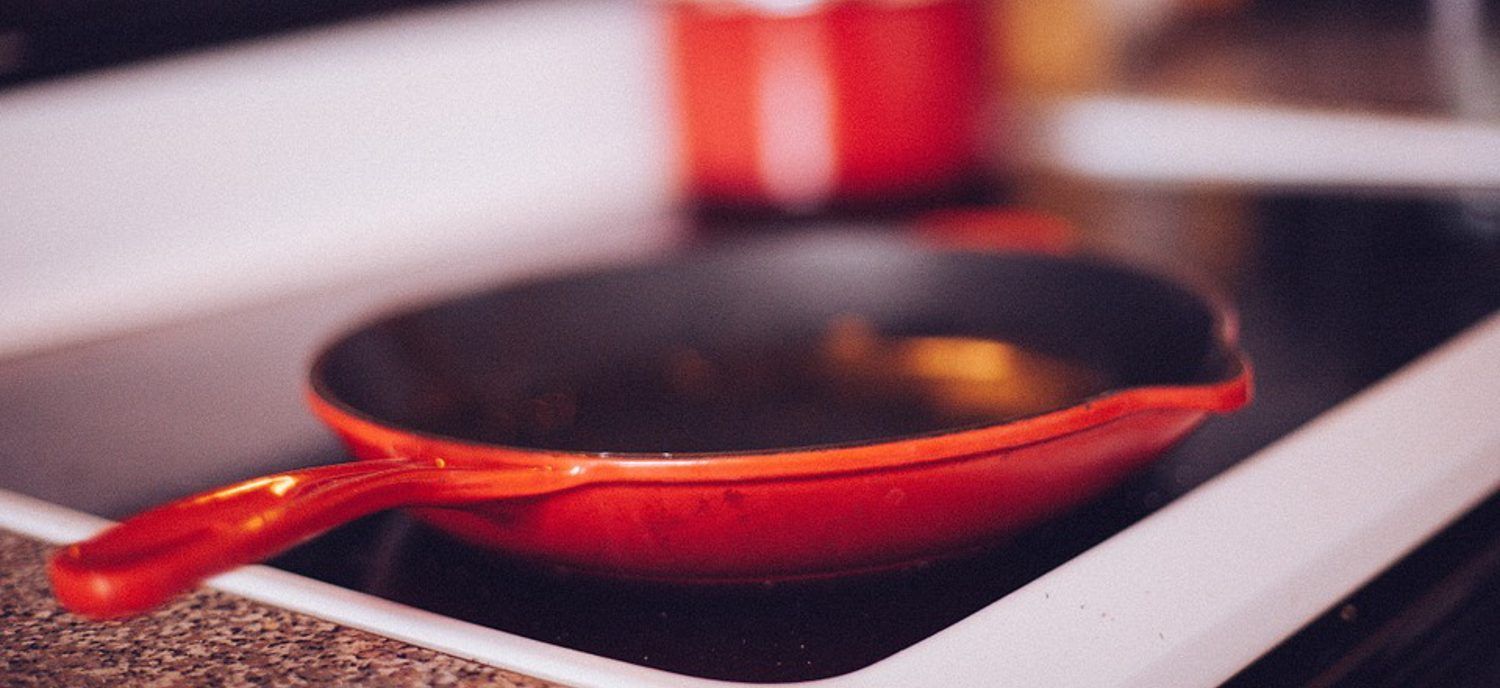12 July 2016
Anything fried perks up the taste buds, but some people turn up their noses when there’s talk of this type of cooking. Maybe because people don’t yet know about these tips and methods for frying that enable tempting, healthy and nutritious dishes to be prepared.
Here are some things to bear in mind. To start with:
Choosing the oil
The oil has to be chosen according to its ability to withstand high temperatures, i.e. its smoke point,beyond which the oil starts to burn and release substances that are toxic for the organism likeacrolein.Oils with a high smoke point are therefore recommended. Peanut oil is suitable, not only because it does not burn (smoke point220°C)but also because its delicate taste enhances the flavours and adapts to all types of food. Also extra virgin olive oil is suitable for this type of cooking because it has asmoke pointof about 200°C. But it has a more intense flavour than seed oils and is more expensive.
Temperature of oil for frying
Checking the temperature of the oil not only prevents harmful substancesforming during cooking but also enables food to be prepared that is neither burnt or saturated with oil. There are no precise tips on the frying temperature but it should be about 180°C. To check, just use a cooking thermometer.
It should also be remembered that:
- a food that needs to be cooked for a longer time needs to be cooked at lower temperatures to prevent the outside getting hard whilst the inside is still raw.
- A food that is in small pieces or has a short cooking time can be fried at higher temperatures.
- Thetemperature of the oilmust be hot enough to form steam bubbles around the food when it is plunged into the oil. These bubbles enable the food to get cooked without soaking up the vegetable fat and get a fragrant golden crispy outside.






